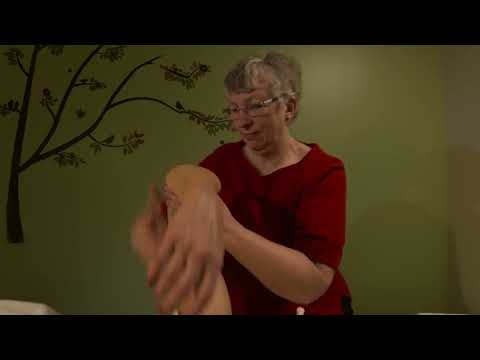What You Need to know about Complementary Massages
While a massage can seem purely for relaxing yourself, it's actually a very beneficial and healthy method to ease tension and stress. It not only promotes relaxation however, it also 대구출장마사지 boosts the immune system by increasing blood flow to the affected areas. Massage can be used to relieve pain and treat injuries. It improves range of motion and reduces stiffness and swelling in muscles. Here are some things you need to know about complementary massages.
Structural Integration is a more advanced form of massage. Practitioners employ a variety of hand and soft tissue techniques to manipulate the body's myofascial. This system surrounds muscles and provides them with form. To relieve tension, therapists trained in this method may use slow, deep stretching exercises. Therapists can also apply pressure to different points on the body and ask clients to move whenever they apply pressure. A session of structural integration is long-lasting and can be extremely beneficial.
Structural integration is an approach that is hands-on to soft tissue. The level of certification will determine the ability of a client to sit or stand during the session. While it is difficult to determine the level of experience necessary for an expert in this area, it is important to know that a person who graduated of a CBSI-certified college has met the highest standards for proficiency in practice. According to the U.S. Bureau of Labor Statistics the growth of jobs in massage-related careers will increase by 21% through 2029. This is partly due the increasing interest in natural healing as well as the aging population.
Another kind of massage involves manipulating the body's myofascial systems. It concentrates on the fascia, which covers muscles and gives the body its shape. Practitioners can use slow, deep stretching exercises, as well as constant pressure. They can instruct their clients to move while they apply pressure. The goal is to assist the body achieve optimal mobility and alignment. This kind of massage is similar to a physical therapy session, with some differences.

A typical structural integration session comprises of between ten and thirteen sessions that build on each one. To achieve a balanced and healthy posture, the practitioner will use various techniques. The fascia and muscles of the body are connected by an invisible ring. Therefore, the body's skeleton is intrinsically linked to the entire structure. As a result, it is essential for your health to keep yourself in good physical condition.
A typical structural integration session includes 10 to 13 sessions. Each session builds upon the one preceding it. The massage relies on the manual manipulation of pressure levels and manual manipulation to help balance the body's structural strength. A practitioner may focus on different parts of the body to address various issues. People with a complicated medical history may benefit from this kind of treatment. A doctor can also recommend massage therapy for those with a weak or injured back.
A typical structural integration session is comprised of 10 to 13 sessions. Each session builds on the previous one and focuses on the same muscle groups. The practitioner uses the manual manipulation and pressure to align and balance the body's structures throughout the course of treatment. The body is split into layers and segments. The practitioner will examine your posture and personal history to determine which part of your body requires attention. Additionally, a structural integration session includes instruction in movement to help you improve your habitual movement.
Structure integration is a more intense form of massage than regular massages. It is a series of 10 to 13 sessions, each building on the last. It uses gentle pressure to focus on specific muscles within each layer of your body. The structural integration professional will examine your personal working habits and history, and then apply the appropriate amount of pressure to the targeted areas. During a session, the client should be aware of if they are feeling any pain. It is crucial to feel comfortable during the treatment because this will assist the practitioner adjust to the body's unique posture.
A typical structural integration session consists of between ten and thirteen sessions. Each session builds on the previous. This method of hands-on manipulating soft tissue involves varying pressure and manual manipulation to improve the structural integrity. The body is divided into layers and segments. Typically, this kind of massage consists of a series of 10 to 13 sessions that last between two and four hours. Additionally, structural integration practitioners may also incorporate movement education into their practice.